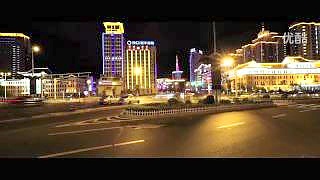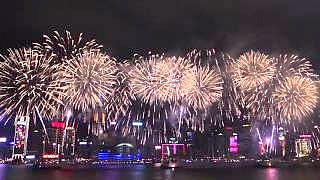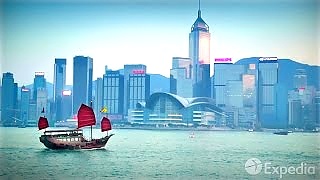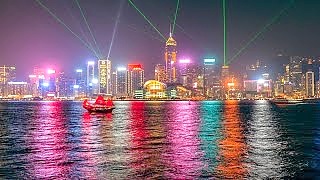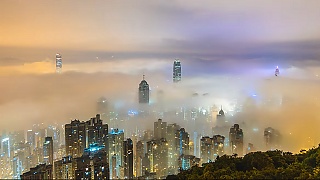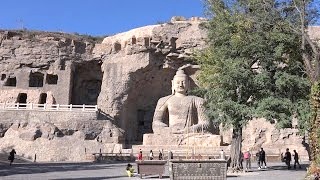With a roof-top action camera ...
[640],shadow=true,start=10,stop=Related Videos
Featured Videos

|
Known mostly only by rock climbers, this beautiful area in south China will become a new national park.
|

|

|
Awesome young talent - her favorite bass lines / riffs ...
Jamming with Steve Vai ...
Ellen's story ...
Don't stop the music ...
|

|
Capital of JiangSu province.
|

|
Visiting a few sections of the Great Wall of China near BeiJing, including 'Wild Wall' ...
|

|
A beautiful port city in southeast China's FuJian province ...
|

|
|
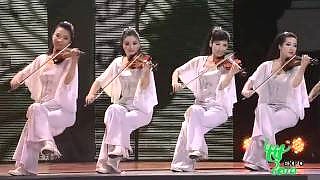
|
September 31st, 2010.
|
 Hong Kong 香港 drive …
Hong Kong 香港 drive …